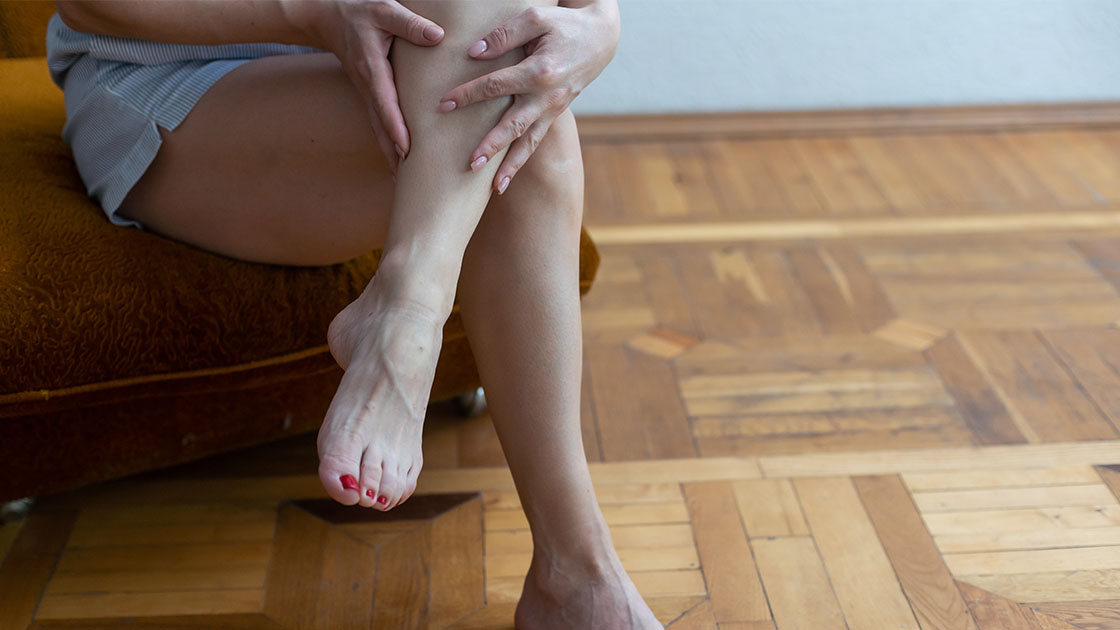Page Contents
Understanding Shin Splints and Their Impact
Shin splints, a common ailment among athletes and fitness enthusiasts, can be debilitating. The sharp, throbbing pain that radiates along the front of your lower legs can sideline even the most dedicated individuals. While rest, ice, and compression are typical recommendations for managing shin splints, a relatively newer and promising approach has emerged: laser therapy.
The Rise of Laser Therapy
The internet is abuzz with stories of athletes and everyday people finding relief from shin splints through laser therapy. Let’s dive into what this innovative treatment entails and why it has garnered so much attention.
The Basics of Laser Therapy
Laser therapy, also known as low-level laser therapy (LLLT) or photobiomodulation, is a non-invasive medical treatment that uses low-intensity lasers or light-emitting diodes (LEDs) to stimulate healing at the cellular level. Medical professionals have employed it to treat various musculoskeletal conditions, including shin splints, and its popularity is increasing.
How Laser Therapy Works
The process of laser therapy involves directing specific wavelengths of light onto the affected area. This light energy penetrates the skin and is absorbed by the cells, stimulating a series of biological responses that promote healing. In the case of shin splints, experts believe that laser therapy reduces inflammation, increases blood flow, and accelerates tissue repair.
The Promise of Laser Therapy for Shin Splints
The internet is rife with anecdotes and testimonials from individuals who have experienced significant relief from shin splints through laser therapy. While scientific research on the subject is ongoing, the positive buzz is hard to ignore.
Anecdotal Evidence and Success Stories
Many individuals who have turned to laser therapy report remarkable improvements. They often describe reduced pain, improved mobility, and faster recovery times. These personal stories are compelling and suggest that laser therapy may hold the promise of transforming the way we manage this common ailment.
Professional Athletes Embrace Laser Therapy
Professional athletes have long been early adopters of innovative treatments to maintain peak performance. Several notable athletes have publicly shared their positive experiences with laser therapy for shin splints. Their endorsements underscore the potential benefits of this approach. When elite athletes trust a therapy to keep them in the game, it’s a sign that there may be something to it.
What the Research Says
While the internet is full of positive accounts of laser therapy, it’s important to recognize that more scientific research is needed to fully understand its effectiveness. Laser therapy may reduce pain and promote healing in shin splint cases, but larger and more rigorous trials are necessary to establish conclusive evidence, as suggested by some studies.
Consulting a Healthcare Professional
Before considering laser therapy, it’s crucial to consult with a qualified healthcare professional. They can assess your condition, provide a diagnosis, and recommend the most appropriate treatment plan for your individual needs. It’s also important to discuss any potential risks or contraindications associated with laser therapy.
Conclusion
The internet is filled with stories of people finding relief from shin splints through laser therapy. This innovative approach has captured the attention of many. There is promising anecdotal evidence regarding its effectiveness. Professional athletes have endorsed it. Although more research is needed to definitively confirm its effectiveness, this makes it worth considering for those experiencing shin splint symptoms. If you’re dealing with shin splints, consulting a healthcare professional is the first step in exploring treatment options, including laser therapy. Whether you’re a professional athlete or just someone seeking pain-free activities, laser therapy offers potential benefits. It can improve your overall comfort and mobility, making everyday life more enjoyable.
